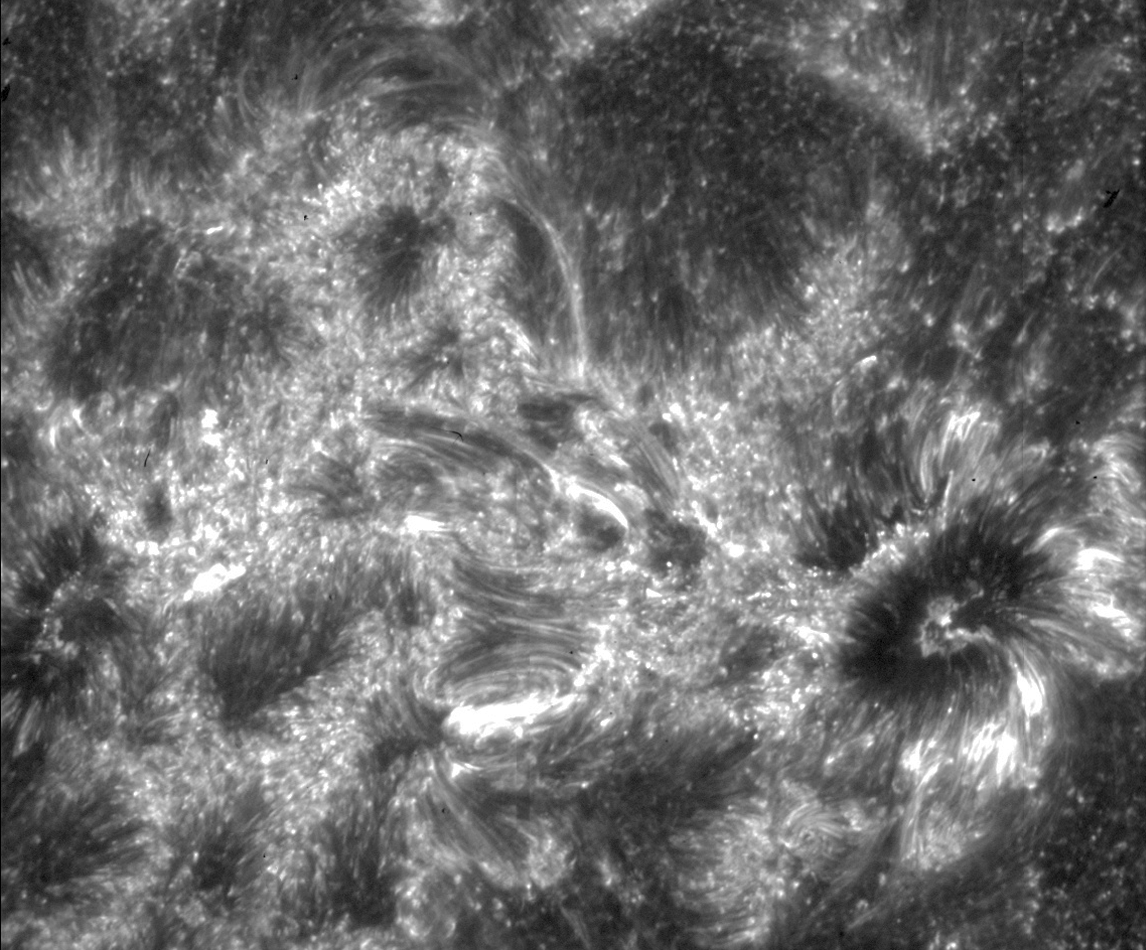Into The Fire
On June 27, 2013, NASA's Interface Region Imaging Spectrograph, or IRIS, launched into space to study the mysterious lowest layers of the sun’s atmosphere. These layers make up what's called the interface region, an area where solar material is constantly writhing and exploding. The spacecraft is designed to take high-resolution images of the interface region in unprecedented detail. Such images will help scientists see how energy traveling through the region heats the sun's upper atmosphere to temperatures a thousand times hotter than the surface. Initial observations show the region is much more violent than previously understood, and contains a multitude of thin, fibril-like structures that have never before been seen. Watch the video for close-up views of the sun captured by IRIS.

NASA's newest solar observatory images the sun in greater detail than ever before.
See some of the first images of the sun taken by IRIS in this video.

IRIS can view about one percent of the sun at a time and resolve features as small as 150 miles across.

IRIS has unprecedented resolution of the sun. Above is a portion of the sun as seen by IRIS (right) and NASA's Solar Dynamics Observatory (left).

The IRIS spacecraft stationed in a cleanroom prior to launch.
For More Information
See NASA.gov
Credits
Please give credit for this item to:
NASA's Goddard Space Flight Center
Cover image courtesy of NASA/IRIS
Video courtesy of NASA/GSFC/LMSAL/IRIS
Sun images courtesy of NASA/SDO/IRIS
Spacecraft image courtesy of Lockheed Martin
-
Animator
- Tom Bridgman (Global Science and Technology, Inc.)
-
Producer
- Genna Duberstein (USRA)
-
Scientists
- Alan Title (LMSAL)
- Bart De Pontieu (Lockheed Martin Solar and Astrophysics Lab)
- Gary Kushner (LMSAL)
- Adrian Daw (NASA/GSFC)
-
Writer
- Karen Fox (ADNET Systems, Inc.)
Release date
This page was originally published on Thursday, February 6, 2014.
This page was last updated on Wednesday, May 3, 2023 at 1:51 PM EDT.
